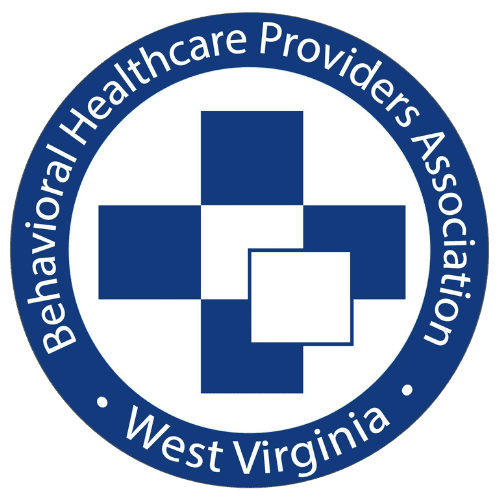Post-traumatic stress disorder (PTSD) is a mental health condition that might develop after someone has had one or more difficult life experiences. Like many other mental health struggles, People with Post-traumatic stress disorder (PTSD) are often misunderstood.
The Centers for Disease Control and Prevention (CDC) describes trauma as an often unexpected, shocking event that overwhelms a person and creates lasting feelings of fear, vulnerability and helplessness. This can include the horrors of combat, but many different experiences can also be described this way, including being placed in foster care, the sudden death of a loved one, a serious physical health concern, or being sexually assaulted. Any of these experiences could lead to PTSD.
- Myth 2 – Anyone who experiences traumatic events will have PTSD.
PTSD does not automatically occur just because someone goes through something difficult. If a person receives proper support at the time of a horrific incident or feels able to manage what is happening to them, they may be able to navigate the event without developing PTSD.
- Myth 3 – The primary symptom of PTSD is flashbacks.
Although television shows and movies featuring people with PTSD would have you think that they all experience flashbacks, in which they relive the traumatic event in their mind as though it is happening again, not all people with PTSD experience flashbacks. The wide range of other PTSD symptoms include:
- Intrusive memories and nightmares about the event
- Severe distress or even a physical reaction when reminded of the event
- Avoidance of the people, places, or activities that remind them of what happened
- Difficulty sleeping
- Being easily startled
- Negative changes to mental state
- Hopelessness
- Memory and concentration issues
- Detachment from loved ones
- Inability to feel positive emotions
- Loss of interest in previously enjoyable activities
- Negative thoughts about themselves and others
- Irritability
- Myth 4 – Being “triggered” isn’t a big deal.
In popular culture, the word triggered is sometimes used to mean offended or outraged, and there is often a connotation that this reaction is not warranted. For a person with PTSD, a trigger is something that sets off the symptoms they experience related to their mental health condition. Triggers are different for everyone. A well-known trauma trigger for combat veterans with PTSD is loud noises like fireworks. For a survivor of sexual assault, it might be unexpected touch or anything that reminds them of the person who raped them.
- Myth 5 – PTSD symptoms appear immediately after trauma.
PTSD does not look the same for everyone. For many people, PTSD symptoms show up in the first three months after the traumatic experience. But for others, it can take months or even years for PTSD symptoms to present. While some people experience symptoms continuously after the onset of PTSD, for others, the symptoms come and go. This is frequently the case with child abuse survivors with PTSD.
- Myth 6 – PTSD symptoms will go away on their own.
This statement is not only false, but also potentially harmful because it could deter someone with PTSD from seeking out treatment. Mental health treatment for PTSD and other mental health conditions is most effective if it is received right away. Delaying treatment may only add to the person’s struggles and sense of isolation.
- Myth 7 – There is no cure for PTSD.
Recovery is possible for people with PTSD. Therapy, medication, and support from family and friends can go a long way in helping someone with PTSD to overcome their struggles. Therapies used to treat PTSD include:
- Talk therapy
- Prolonged exposure therapy
- EMDR
- Cognitive processing therapy
- Myth 8 – You cannot live a normal life with PTSD.
People with PTSD are often able to work full-time jobs, raise children, and have healthy social lives. Managing PTSD symptoms does not prevent someone from living an otherwise fulfilling life.
- Myth 9 – You can tell if someone has PTSD.
If you knew a person with PTSD before the trauma occurred, you might notice that they have changed. On the other hand, people with PTSD often mask their symptoms due to stigma or fear of being seen as weak, or they may only experience symptoms that are not outwardly visible. This is why mental health experts advocate for trauma-informed care, the practice of assuming all people may have experienced some degree of trauma in their past and providing an environment that is as compassionate to that possibility as it can be.
If you are concerned that you or someone you love might be struggling following a difficult and potentially traumatic life experience, Highland Hospital in West Virginia has a team of caring professionals who can answer questions and help to initiate treatment.










